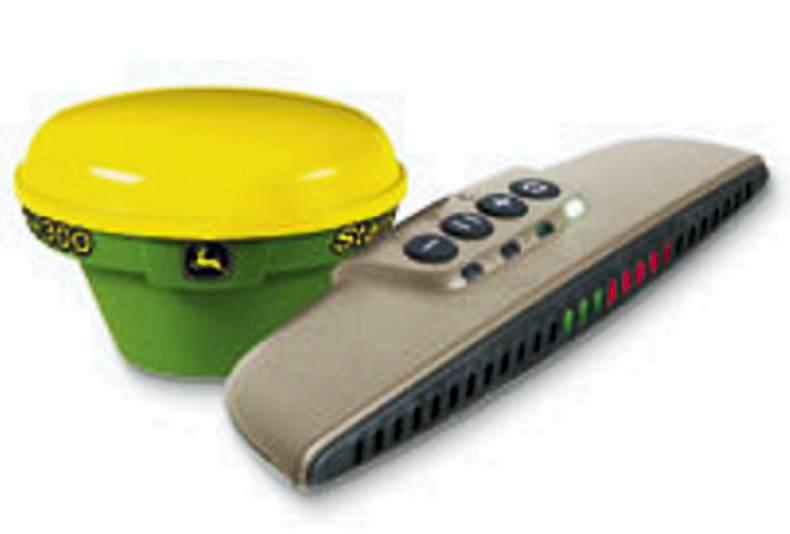The time to close off the paddocks and start thinking about spreading fertilizer is approaching. This is just one of the areas in which an entry level guidance system can be used.
There are a number of tasks, from slurry spreading to mowing, that can be helped with a little guidance from the sky.
In the late 1990s and early 2000s GPS systems were thought of as top-end products for luxury cars. Today the technology is used in phones, tablets, cameras and portable GPS devices. With the advancement in GPS technology, and the reduction in the price, it is now an option for many farmers.
How does GPS work?
When you turn on the GPS system in the tractor, the antenna or receiver on the cab picks up a radio signal from orbiting satellites. At least four satellites are required to determine the location of the tractor. For guidance to work effectively, eight satellites are required.
The radio signal from the tractor to the satellite works by line of sight and is unaffected by clouds or rain. However, nearby buildings and trees can kill the signal.
Each signal sent includes information about the satellite it came from, and a time-stamp that says when it left the satellite. Since the signals are radio waves, they must travel at the speed of light. By noting when each signal arrives, the receiver can figure out how long the signal took to travel and how far it has come as it has travelled at the speed of light (186,000 miles per second). As each satellite only covers a set area on earth, multiple signals are required to give a precise location.
Differential GPS (DGPS) is used for guidance as it allows the receiver on the tractor communicate with fixed positions on earth using one of the geostationary satellites.
There are five fixed stations in the world. The receiver can figure out the time at which the radio signal is sent to and from these stations and compare it with the time from the satellites in orbit. Knowing this information, a time correction signal is sent to the satellites that allows the receiver and the satellites give an accurate location of the tractor.
So, how come I don’t need an antenna on the roof of my car? This is a question that is often asked. The answer is simple – the (DGPS) signal for driving in the field requires an accuracy of 15-30cm. The GPS signal in the car has accuracy of about 5 metres, not all that suitable for field operation.
The more expensive kit gives more accurate guidance for agricultural work. Specialised Real-time Kinetic Technology will allow this to happen with sub 2 cm accuracy pass-on-pass.
This article will concentrate only on the entry level systems. Accuracy and coverage on these systems has much improved. Along with the original 24 American GPS satellites, there are now 24 Russian Glonass satellites, and Galileo, the European network.
The net result is that there are more satellites – giving less chance of the GPS signal being lost or unattainable in some areas. The increased number of satellites also improves the accuracy of guidance.
If buying one of these systems, probably the most important thing is how easy it is to use. Complicated systems often end up being left in the box. The system should integrate easily in to the normal working conditions for entry-level users. The other thing to consider is if the decision is made to add auto steering or sectional implement control, will the base level unit be sufficient to carry out these tasks. The answer is probably not as most of these will require further developments in controls to interact with the machine and tractor.
The cost benefit can primarily be seen in terms of time spent marking out fields and a reduction in inputs used. The reduction on inputs could be based on a 10% overlap in the field when spraying or spreading fertilizer.
The other cost affected is diesel, which may be reduced if fewer passes are needed as the full working width of the machines are used. The return on the investment could be quicker than anticipated, especially if the unit is used for multiple tasks.
The tractor cab can be a tough environment with dust and bumps. The build quality of the unit needs to be good to survive in the long term.
Some base level units come with a patch receiver. You might have to consider upgrading to a roof antenna if signal is an issue.
Support from the dealer or agent is another factor to consider, especially if this is your first time using a GPS system.






 This is a subscriber-only article
This is a subscriber-only article









SHARING OPTIONS: